Once a writer has been bitten by the publishing bug, they begin to seek out publications with open calls and submit their work. Anthologies proposed by various independent writing groups are often the first door that opens to a new author.
 Writing groups can be quite different in their areas of focus. Some are critique groups, and some are more support groups. No matter what the group focuses on in its meetings, the anthology is meant to showcase that group’s professionalism.
Writing groups can be quite different in their areas of focus. Some are critique groups, and some are more support groups. No matter what the group focuses on in its meetings, the anthology is meant to showcase that group’s professionalism.
Certain elements will be required of each entry, no matter what genre or theme has been chosen to tie the anthology together.
The story must embody the desired theme, and the editors want the most creative work they can find.
No one wants to publish junk.
I always have a member of my writing group read my work first, acting as a beta reader. Their comments help ensure that my story hits all the marks.
We’re all readers, and we gravitate to specific genres and themes. When the stories are all in the same genre and explore a common theme, the readers who purchase the anthology will most likely stay with the book until the end. They will read and enjoy your work, even if it is featured toward the end of the volume.
Some editors post calls stating, “We want your best work.” What do they mean by that?
 “Your best work” gets off to a great start when the story is written with the central theme of the anthology in mind, a central facet of the story.
“Your best work” gets off to a great start when the story is written with the central theme of the anthology in mind, a central facet of the story.
A well-planned anthology will contain stories in the same genre and theme but unique, with a wide range of plots and characters. Without a unifying theme, you have a patchwork of disparate tales by random authors. The unifying theme ensures continuity.
All the characters must have fully developed arcs. How does this theme affect the protagonist?
How does the theme drive the story? The story arc must be coherent and logical, with a fully developed beginning, middle, and end. The theme binds everything together.
World building is critical in a short story, so the setting must be clearly shown.
As I mentioned above, a beta reader is critical to ensure all plot holes have been identified and resolved in a way that will satisfy the reader.
Finally, I suggest you let it sit for a few days and then read it aloud to proofread it before submission.
Literary themes, by nature, are common to most stories. The most challenging aspect of this is to think of a unique approach a story that has been told since the dawn of time.
Let’s say we want to submit a story to an imaginary anthology with a theme of facing reality. The working title of the book will be Reality Bites. The genre is sci-fi and the word count limit for each submission is 1500 words, so we have to tell what happened using words with the most impact and do it in a very short space.
 The editors have said that one can face the reality of the past, present, or future—it’s up to each author to write their story. We must find ways to layer that theme into the character arcs, plot, and world building.
The editors have said that one can face the reality of the past, present, or future—it’s up to each author to write their story. We must find ways to layer that theme into the character arcs, plot, and world building.
When you sit down to write the first draft of a story meant for a themed anthology, ask several questions of it:
- What is the inciting incident? How does it relate to the specified theme?
- What is the goal/objective, the quest the characters must complete? How does it relate to the theme?
- Have you stayed within the maximum word count? If the guidelines say no more than 1500 words per entry, that is what they mean. Failure to comply will result in rejection.
Once you have edited the piece to the best of your ability, you must format your manuscript for submission according to the guidelines set out by the anthology’s editor.
For most anthologies, editors want the work formatted according to the guidelines as described by William Shunn. Those guidelines are the overall publishing industry standard for submissions and can be found in detail at this website: Classic Manuscript Format | William Shunn
 Basically, his guidelines say you must use Times New Roman (or sometimes Courier) .12 font. You must also ensure your manuscript is formatted as follows:
Basically, his guidelines say you must use Times New Roman (or sometimes Courier) .12 font. You must also ensure your manuscript is formatted as follows:
- It is aligned left (NOT justified).
- It has 1 in. margins on all sides.
- Page numbers are in the upper right.
- It is double-spaced (to allow room for the editor’s comments).
- The body of the story has formatted indented paragraphs (NOT indents made by hitting the TAB key, as that screws up everything when the manuscript is uploaded to a digital format).
- The header contains the title and author name—UNLESS otherwise specified.
- The first page contains the author’s mailing address and contact information in the upper left-hand corner—unless otherwise specified.
If the group with an open call for an anthology has a Facebook page or private chatroom, the formatting guidelines will be posted there.
Sometimes, we find out at the last minute that an opportunity to get a piece into an anthology is open. Some folks might think they can cobble a piece together in a day or two.
I advise against succumbing to this temptation, as it is rare that “best work” emerges when a story is slapped together. Rushing things makes it hard to avoid proofing errors.
 The editor of the anthology has posted a public call for the best work that authors can provide, and they will receive a landslide of submissions. They will receive far more stories than they will have room for, and the majority of them will be memorable, wonderful stories.
The editor of the anthology has posted a public call for the best work that authors can provide, and they will receive a landslide of submissions. They will receive far more stories than they will have room for, and the majority of them will be memorable, wonderful stories.
All but the most outstanding of these great stories will not make the cut because the book will have a total word count limit of around 80,000 words to keep production costs down. Only the best of the best will be accepted.
This is good because you want your work to be included with the best the industry has to offer.
Do NOT rush it. You have a great idea for what could be the best story you have ever written.
Take the time to do it right. Remember, anything you submit to a prospective editor represents you and what you are capable of.

 Artist: Hieronymus Bosch (circa 1450–1516)
Artist: Hieronymus Bosch (circa 1450–1516) When your spouse has Parkinson’s, problems tend to arrive en masse, like an unstoppable horde of lemmings. Dealing with life’s lemmings requires a bit more creativity than merely making a cool, relaxing drink. While you may never gain control of the migrating mob, you must somehow steer them in the right direction.
When your spouse has Parkinson’s, problems tend to arrive en masse, like an unstoppable horde of lemmings. Dealing with life’s lemmings requires a bit more creativity than merely making a cool, relaxing drink. While you may never gain control of the migrating mob, you must somehow steer them in the right direction. Wikipedia says:
Wikipedia says: But back to the lemmings. We know how mob mentality works in humans, and it seems to happen in other creatures.
But back to the lemmings. We know how mob mentality works in humans, and it seems to happen in other creatures. Two weeks ago, my husband fell, sustaining a minor injury. Two days later, he was fighting off an infection, and we spent last Saturday in Urgent Care from 8:00 am to 7:00 pm. Rather than put him in the hospital, we were given the chance to participate in the
Two weeks ago, my husband fell, sustaining a minor injury. Two days later, he was fighting off an infection, and we spent last Saturday in Urgent Care from 8:00 am to 7:00 pm. Rather than put him in the hospital, we were given the chance to participate in the  No one is perfect, but I like to do my best work. I’ll admit that publishing a post discussing a picture but with no image of that art piece is a humorous blooper. We did get a laugh out of it.
No one is perfect, but I like to do my best work. I’ll admit that publishing a post discussing a picture but with no image of that art piece is a humorous blooper. We did get a laugh out of it. I try to write my posts on Saturdays and proof them on Sundays, so having only two to deal with will allow me time to proofread them and work on my other creative writing projects.
I try to write my posts on Saturdays and proof them on Sundays, so having only two to deal with will allow me time to proofread them and work on my other creative writing projects. Artist: Albert Bierstadt (1830–1902)
Artist: Albert Bierstadt (1830–1902) When I am writing poetry, I look for words that contrast vividly against each other. I choose action words that begin with hard consonants and emotion words that begin with softer sounds.
When I am writing poetry, I look for words that contrast vividly against each other. I choose action words that begin with hard consonants and emotion words that begin with softer sounds. Verb choices and the use of contrast in descriptors are crucial at this stage.
Verb choices and the use of contrast in descriptors are crucial at this stage. At the end of his story, events and interactions have changed him despite his wish for a calm life. His journey through the darkness brings about a renaissance, a flowering of the spirit.
At the end of his story, events and interactions have changed him despite his wish for a calm life. His journey through the darkness brings about a renaissance, a flowering of the spirit. If I want to create an atmosphere of anxiety, I would use words that push the action outward:
If I want to create an atmosphere of anxiety, I would use words that push the action outward: The trick is to choose the descriptors and the verb forms that have the most impact. The selection of modifiers and connecting verbs can enhance contrasts or weaken a sentence.
The trick is to choose the descriptors and the verb forms that have the most impact. The selection of modifiers and connecting verbs can enhance contrasts or weaken a sentence. One thing I notice when listening to an audiobook is crutch words. One of my favorite authors uses the descriptor “wry” in all its forms, just a shade too frequently. As a result, I have scrubbed it from my own manuscript, except for one instance.
One thing I notice when listening to an audiobook is crutch words. One of my favorite authors uses the descriptor “wry” in all its forms, just a shade too frequently. As a result, I have scrubbed it from my own manuscript, except for one instance.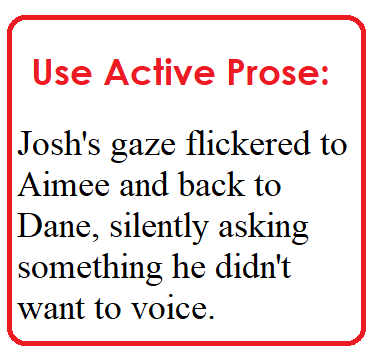 The words authors choose add depth and shape their prose in a recognizable way—their voice. They “paint” a scene showing what the point-of-view character sees or experiences.
The words authors choose add depth and shape their prose in a recognizable way—their voice. They “paint” a scene showing what the point-of-view character sees or experiences. What are descriptors? Adverbs and adjectives, known as descriptors, are helper nouns or verbs—words that help describe other words.
What are descriptors? Adverbs and adjectives, known as descriptors, are helper nouns or verbs—words that help describe other words. However, if you have used “actually” to describe an object, take a second look to see if it is necessary.
However, if you have used “actually” to describe an object, take a second look to see if it is necessary. The scene I detailed above could be shown in many ways. I took a paragraph’s worth of world-building and pared it down to 19 words, three of which are action words.
The scene I detailed above could be shown in many ways. I took a paragraph’s worth of world-building and pared it down to 19 words, three of which are action words.

 Title: Children’s Games
Title: Children’s Games We rely on water generated by glaciers on Mount Rainier and the Cascade Mountains in general, so the low snowpack means trouble later down the road.
We rely on water generated by glaciers on Mount Rainier and the Cascade Mountains in general, so the low snowpack means trouble later down the road.

 I grew up in an isolated rural environment, and summers could be lonely. My sister and I would get away from family dynamics by reading. My favorite “We Don’t Have Anything to Read” book was the volume of collected works by William Butler Yeats. That book shaped my view of poetry and literature in general.
I grew up in an isolated rural environment, and summers could be lonely. My sister and I would get away from family dynamics by reading. My favorite “We Don’t Have Anything to Read” book was the volume of collected works by William Butler Yeats. That book shaped my view of poetry and literature in general.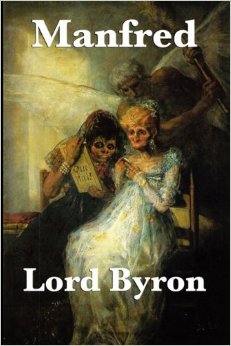 Sometimes, poetry is long, even epic in length. The epic poem,
Sometimes, poetry is long, even epic in length. The epic poem, 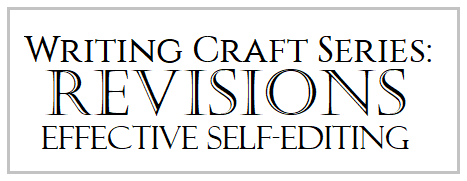 When prepping a novel to send to Irene, I use a three-part method. This requires specific tools that come with Microsoft Word, my word-processing program. I believe these tools are available for Google Docs and every other word-processing program. Unfortunately, I am only familiar with Microsoft’s products as they are what the companies that I worked for used.
When prepping a novel to send to Irene, I use a three-part method. This requires specific tools that come with Microsoft Word, my word-processing program. I believe these tools are available for Google Docs and every other word-processing program. Unfortunately, I am only familiar with Microsoft’s products as they are what the companies that I worked for used. Part two: Once I have ironed out the rough spots noticed by my beta readers, this second stage is put into action. Yes, on the surface the manuscript looks finished, but it has only just begun the journey.
Part two: Once I have ironed out the rough spots noticed by my beta readers, this second stage is put into action. Yes, on the surface the manuscript looks finished, but it has only just begun the journey. The most frustrating part is the continual stopping, making corrections, and starting.
The most frustrating part is the continual stopping, making corrections, and starting.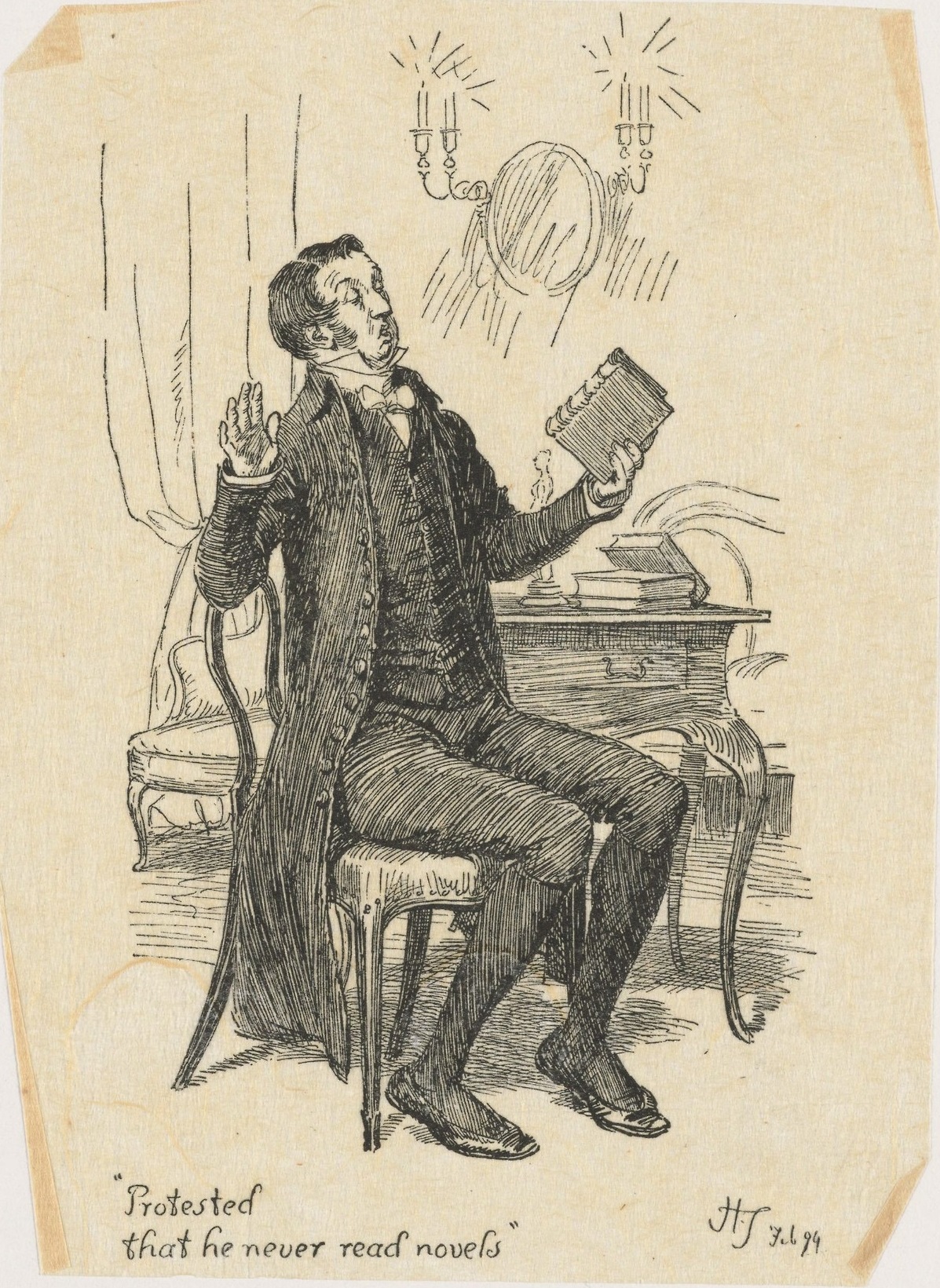
 I am wary of relying on
I am wary of relying on 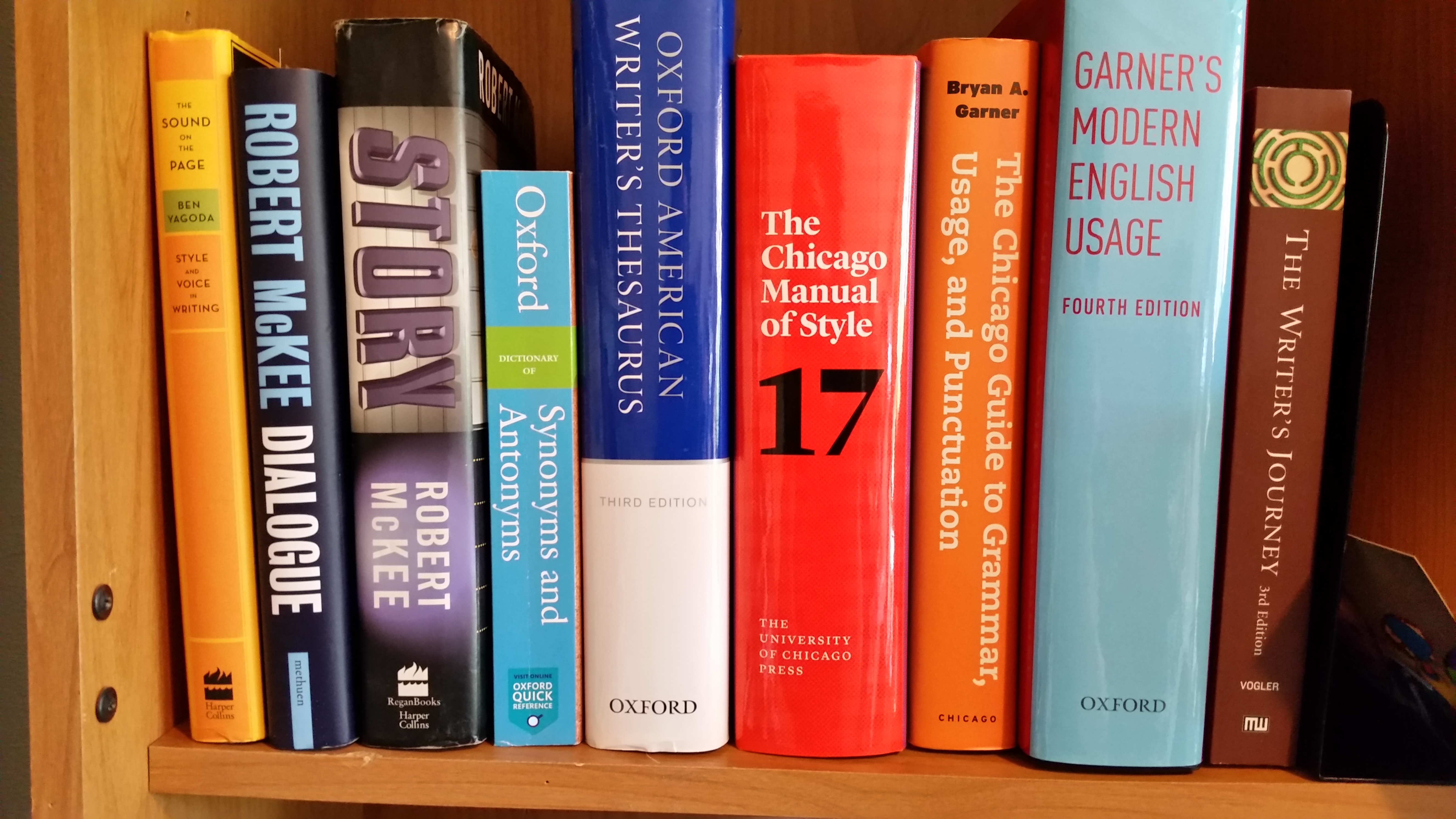 If you read as much as I do (and this includes books published by large Traditional publishers), you know that a few mistakes and typos can and will get through despite their careful editing. So, don’t agonize over what you might have missed. If you’re an indie, you can upload a corrected file.
If you read as much as I do (and this includes books published by large Traditional publishers), you know that a few mistakes and typos can and will get through despite their careful editing. So, don’t agonize over what you might have missed. If you’re an indie, you can upload a corrected file.






